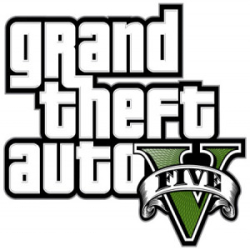Review
The board game Monopoly has been a favorite among families and friends for over 80 years. It was first invented in the 1930s by a woman named Elizabeth Magie and was then patented in 1904. The game was originally designed to teach the dangers of economic and land monopolies. The game has changed over the years but still has its roots in teaching economic lessons. Gameplay Before players begin, they must assemble a board by putting the 22 squares of a dark blue sheet of paper in a rectangle
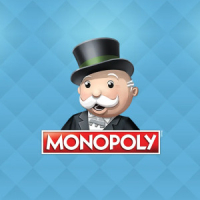
Monopoly Review
The board game Monopoly has been a favorite among families and friends for over 80 years. It was first invented in the 1930s by a woman named Elizabeth Magie and was then patented in 1904. The game was originally designed to teach the dangers of economic and land monopolies. The game has changed over the years but still has its roots in teaching economic lessons. Gameplay Before players begin, they must assemble a board by putting the 22 squares of a dark blue sheet of paper in a rectangle
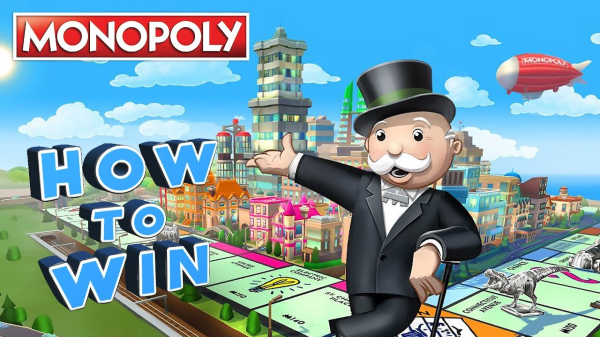
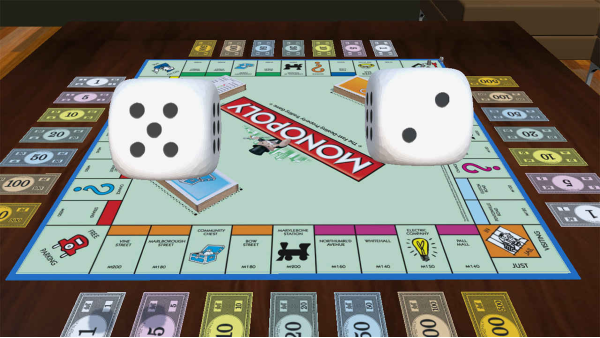
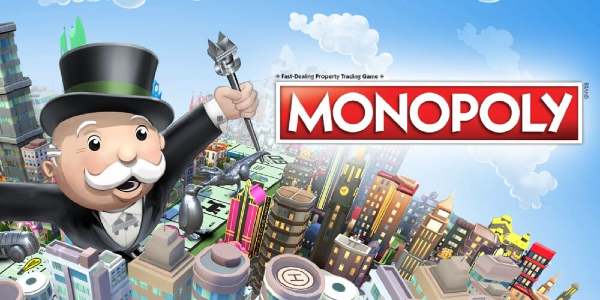
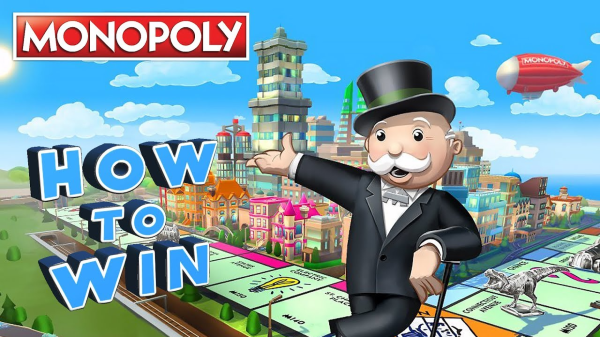
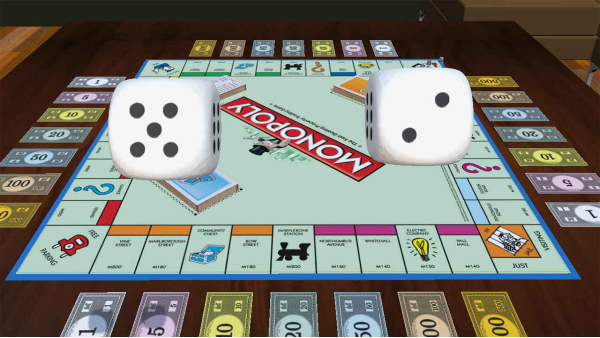
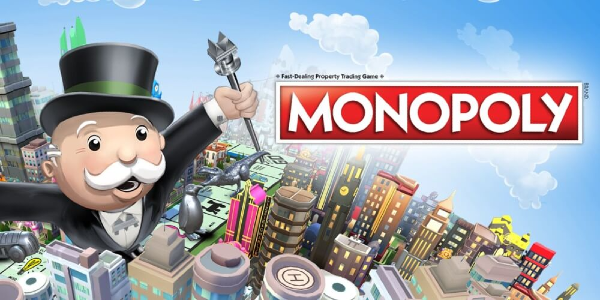
Monopoly review
The board game Monopoly has been a favorite among families and friends for over 80 years. It was first invented in the 1930s by a woman named Elizabeth Magie and was then patented in 1904. The game was originally designed to teach the dangers of economic and land monopolies. The game has changed over the years but still has its roots in teaching economic lessons.
Gameplay
Before players begin, they must assemble a board by putting the 22 squares of a dark blue sheet of paper in a rectangle with the railroad spaces being in the center. The board spaces are then filled in with the appropriate spaces of a lighter blue to make up the city streets of Atlantic City, New Jersey. The spaces are then labeled with the names of the properties, which are printed on small pieces of paper, or the names of the four boroughs in New York City. Players are then given $1000 in Monopoly money and are assigned a color. The players are then distributed around the board in clockwise order.
The player who is assigned the color red is given a chance to roll the dice and determine who will be the banker for the game. The banker will control the money and bank cards throughout the game. The player who is assigned the color "banker" will be on the left side of the board and will be worth more points if they land on the orange properties, and will be worthless points if they land on the green properties.
The game is played in turns. The player moves their piece in a clockwise manner around the board. They can move only the number of spaces as indicated by the dice. If the player lands on a property they can purchase it for the amount listed on the property card. If the player lands on an unowned property, they can purchase it for the price listed on the card. If the player lands on a property that is owned by another player, that player is given the option to sell the property to the player who landed on their property or to refuse the sale.
Graphics
The graphics of Monopoly are not the best. The colors are not vibrant, and the graphics are not the best.
Replayability
This game can be played over and over again due to its simplicity.
Conclusion
Monopoly is a game for the whole family. It is a game which can be played by 4-8 players. It develops skills like counting, money management, and trade. It is a game that brings friends together and helps them develop healthy competition. This game is very similar to monopoly. The only difference is that the game is played in jail and the goal is to get out of jail as soon as possible. The game is recommended for 4-8 players.
Pros:
- The game helps in enhancing basic skills of numbers and counting
- This game teaches the basic rules of trade
- This game helps in strengthening the ability to resist temptations
- This game helps in developing autonomous decision making
Cons:
- The game is not for the faint-hearted




